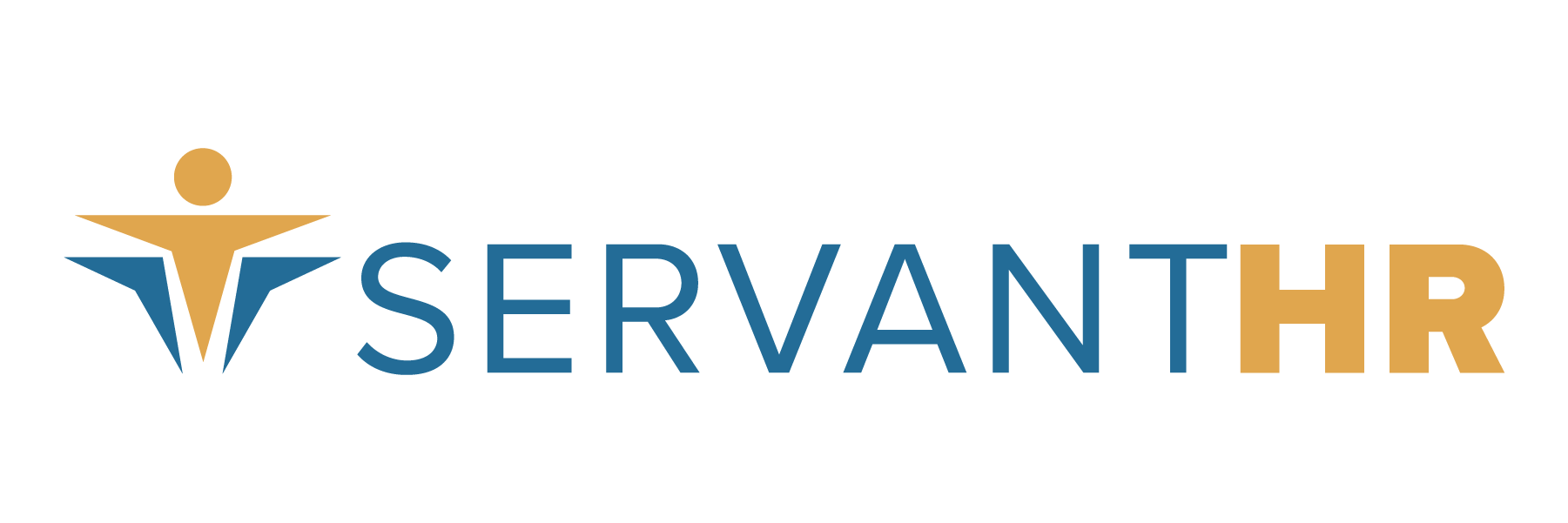For some employers, “onboarding” is defined as that first paperwork meeting with a new hire — shaking hands, filling out tax forms and practicing signatures. For others, onboarding is simply any learning that takes place from day one on the job. Either way, both interpretations of onboarding are necessary parts of the hiring process, as employees work to acclimate to a new employer.
Even after you’ve sealed the deal, there is still a small gap of critical time between job acceptance and an employee’s first day. Usually a few weeks are given for employees to transition out of their current job and take a breath before their new one begins. But a lot can happen during that gap. Job offers are often used to bargain in other interviews or leverage a promotion with a current employer.
Some employers combat this risk by starting the onboarding process earlier. “If we can get them in the door faster and have them start completing insurance forms, they’ll be less likely to quit!” But research shows retention comes less from eager paperwork meetings and more from relationship and exceptional hospitality.
Guarding the Gap
Creative initiatives to welcome and engage new hires, from the time of offer acceptance to day one, are called preboarding. While ultimately beneficial for employers and a company’s bottom line, preboarding is most effective when genuinely focused on the employee.
Whether it’s that first meeting or the first few weeks of work, employees begin learning everything about their new employer during onboarding.
Preboarding offers an extra-mile opportunity for the employer to learn about the employee.
Taking time and honest interest in a new hire demonstrates the value a company places on its people. This helps new hires make the jump to a new workplace and feel at home faster (while inadvertently encouraging their best work).
Thinking Ahead
Attention to hospitality details may seem like a waste of time, but ignoring preboarding can prove costly. Consistent communication with new hires before their first day prevents ambivalence and makes employees less likely to continue communication with other potential employers. Lack of engagement before starting work allows new hires to feel that nothing is yet final and continue pursuing other offers.
Employers may use up some time on the front end, but preboarding also saves time on day one. Since a new employee has already become familiar with the team, culture and business operations in the weeks after acceptance, day one can be a work day rather than a day of introductions and tours.
So how is it done? Is it really just muffin baskets and welcome emails? Sometimes!
To put it a simpler way, preboarding has been called, “onboarding that’s more fun.”
Different ideas work better for different companies, but these small things can help new hires feel welcomed, valued and excited to stick around:
- Before an employee’s first day, schedule a tour followed by a lunch with immediate team members or their managers. This helps the employee to feel more confident on their first day instead of walking in blind.
- Send the employee a questionnaire after acceptance to outline things they like and dislike. When figuring out where to go/what to cater during a welcome lunch, the employee’s favorite place can be chosen without putting them on the spot. This questionnaire can be used throughout an employee’s time, as a way to intentionally thank them for good work. (Employers can also post employee questionnaires for everyone to see, fostering intentional relationships between coworkers.)
- Pay attention in interviews and follow up with specifics. If a new hire mentions their family in the interview, send a gift basket including treats for their kids. If they just moved to the area, gift them with favorite local goods and a list of restaurant recommendations from their coworkers.
- Keep checking in. Consistent emailing shows an employer is available. Sending a schedule of the first week, creating their email account and telling them when their desk is set up lets a new hire know you’re anticipating their arrival and keeps them in the loop.
- Some companies offer “show up bonuses” on an employee’s first day or at the end of their first month. Of course this isn’t feasible for every company, but this bold gesture is an unexpected way to show appreciation.
- Follow through. Hospitality attempts can seem insincere if new employees are left to fend for themselves after day one. In the initial learning stage at a new job, consistent check-ins are necessary to ensure confident acclimation specific to each new hire. This care and attention will not go unnoticed and can help ensure best fit for both employees and employer.
You may not be able to give your employees a million bucks, but you can make them feel like it! These small gestures help to guard that gap of critical time, and keep your employees excited about their new position with you.
Want to spend less time with the HR hassle and more time with your people? We want that for you too. Contact us today and see how Servant HR can give you the freedom to focus on what’s most important.





